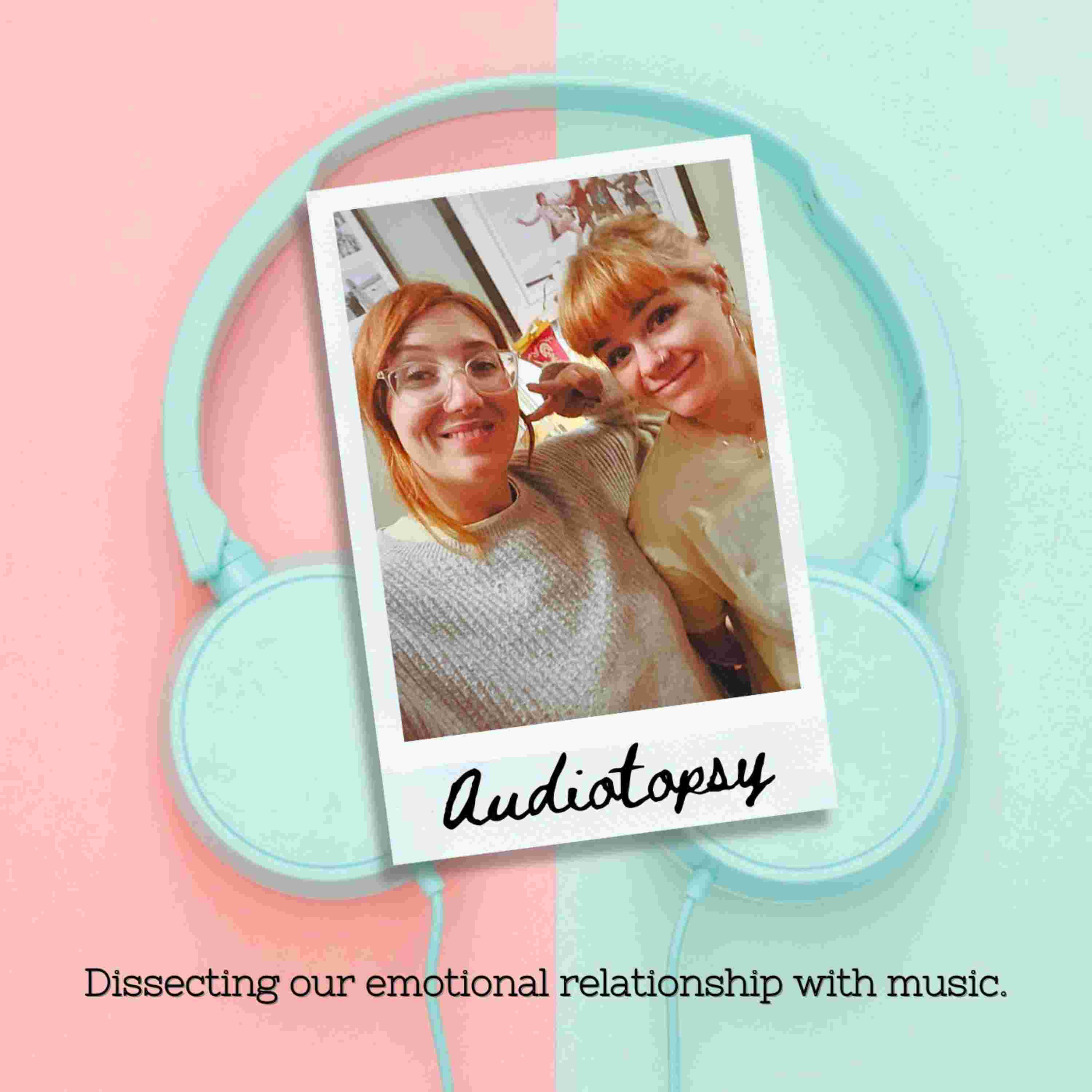

Join us for episode 3 where we're dissecting 2 songs chosen by Lauren for their ability to make her feel all the things!
We're going from one extreme to the other today as we analyse the songs and discuss the psychological theory that supports how in the world such contrasting songs can evoke such powerful emotions.
Reference List
Bowling, D. (2013) A vocal basis for the affective character of musical mode in melody. Frontiers in Psychology, 4. https://doi.org/10.3389/fpsyg.2013.00464
Cameron, D.J., Dotov, D., Flaten, E., Bosnyak, D., Hove, M. & Trainer, L. (2022) Undetectable very-low frequency sound increases dancing at a live concert. Current Biology 32, R1201–R1225, https://www.cell.com/action/showPdf?pii=S0960-9822%2822%2901535-4
Garrido, S., & Schubert, E. (2011). Individual differences in the enjoyment of negative emotion in music: a literature review and experiment. Music Perception, 28(3), 279–296. https://doi.org/10.1525/mp.2011.28.3.279
Garrido, S., & Schubert, E. (2013). Adaptive and maladaptive attraction to negative emotions in music. Musicae Scientiae, 17(2), 147–166. https://doi.org/10.1177/1029864913478305
Matthews, T. E., Witek, M. A. G., Thibodeau, J. L. N., Vuust, P., Penhune, V. B. (2022) Perceived motor synchrony with the beat is more strongly related to groove than measured synchrony. Music Perception 29 (5): 423–442. https://doi.org/10.1525/mp.2022.39.5.423
Sachs, M., Damasio, A., & Habibi, A. (2021). Unique personality profiles predict when and why sad music is enjoyed. Psychology of Music, 49(5), 1145–1164. https://doi.org/10.1177/0305735620932660
Stupacher, J., Hove, M. J., Janata, P. (2016) Audio features underlying perceived groove and sensorimotor synchronisation in music. Music Perception 33(5):571-589, DOI:10.1525/mp.2016.33.5.571
Van der Zwag, M., Westerink, J., Van der Broek, E. L. (2011) Emotional and psychophysiological responses to tempo, mode, and percussiveness. Musicae Scientiae 15(2):250-269. DOI:10.1177/1029864911403364
Zeloni, G., & Pavani, F. (2022). Minor second intervals: A shared signature for infant cries and sadness in music. i-Perception, 13(2), 20416695221092471. https://doi.org/10.1177/20416695221092471